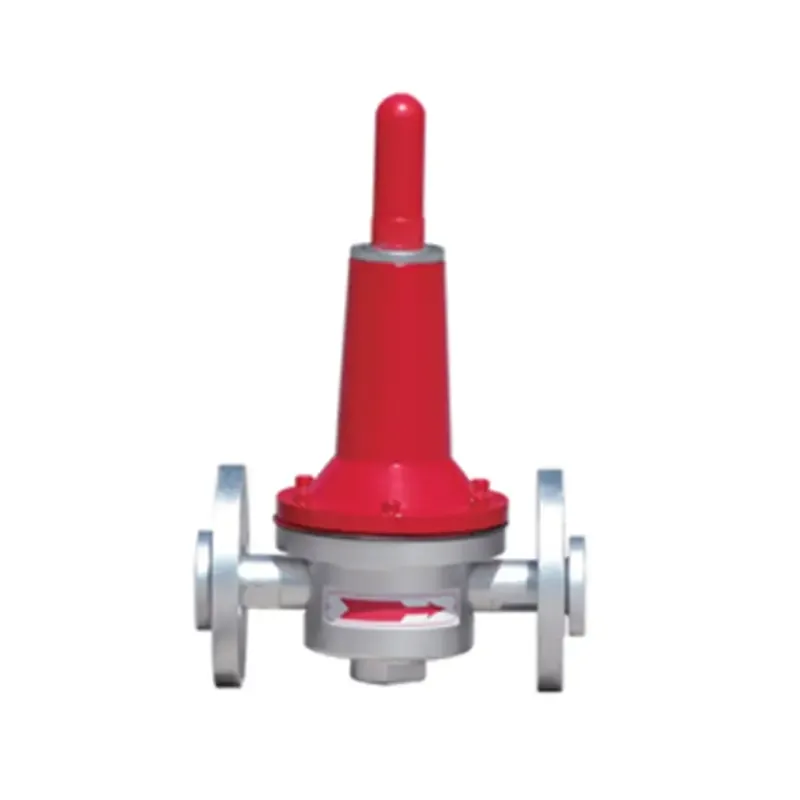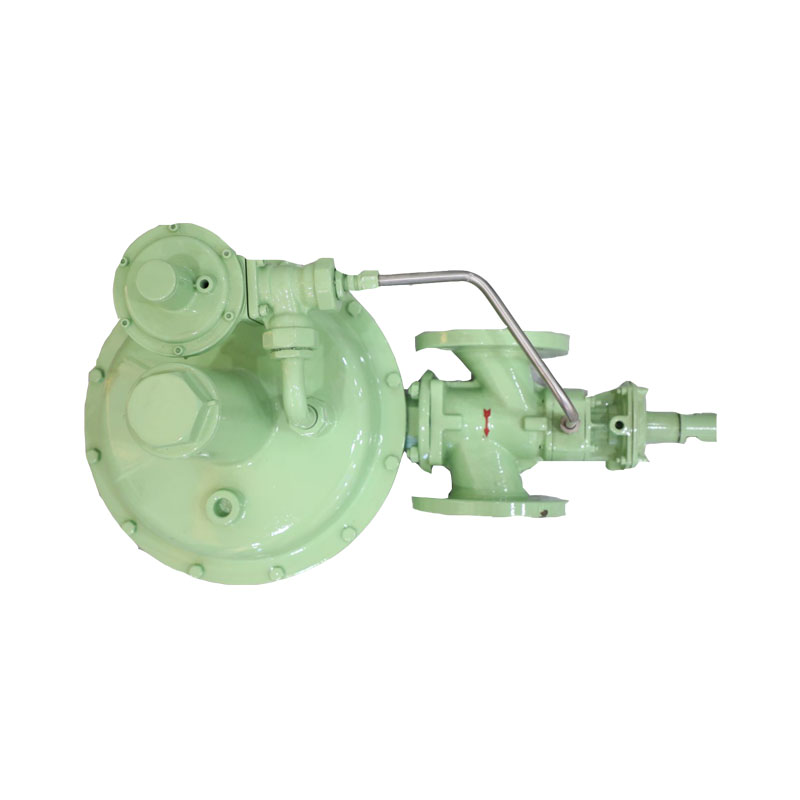
Jan . 21, 2025 05:06
Back to list
RTZ1-*/GQ Series Gas Pressure Regulator
Pressure regulators are indispensable components in various industries, ensuring safe and efficient operation by maintaining consistent pressure levels within systems. When selecting a pressure regulator, it is crucial to prioritize features that enhance user experience and ensure reliability.
The Importance of Expertise in Selecting Pressure Regulators Choosing the right pressure regulator involves more than just selecting a device that fits the technical specifications. It requires a comprehensive understanding of the application, environment, and long-term operational goals. Engaging with experts who possess in-depth knowledge of fluid dynamics and regulatory standards can help ensure the selection of a regulator that not only meets immediate needs but also aligns with future scalability and efficiency requirements. Establishing Trust Through Proven Performance Trust in a pressure regulator brand is often built on a history of proven performance in demanding applications. Industry certifications and compliance with international standards, such as ISO or ASME, serve as indicators of a regulator's quality and reliability. Additionally, customer testimonials and case studies demonstrating successful implementations in similar applications can provide reassurance of a product's effectiveness. Embracing Technological Advancements The integration of smart technologies into pressure regulation systems is transforming how industries approach pressure management. IoT-enabled regulators offer remote monitoring capabilities, predictive maintenance alerts, and enhanced data analytics, leading to improved operational insights and proactive problem-solving. These advancements not only boost system efficiency but also significantly enhance the user experience by providing actionable information to operators in real-time. Conclusion Investing in the right pressure regulator is a decision that impacts safety, efficiency, and operational continuity. By prioritizing precision, durability, and advanced safety features, and leveraging expert guidance, businesses can ensure a sustainable and reliable pressure management solution. As technology evolves, embracing innovative features that support real-time monitoring and predictive analytics will be crucial in maintaining competitive advantage in an increasingly dynamic industrial landscape.


The Importance of Expertise in Selecting Pressure Regulators Choosing the right pressure regulator involves more than just selecting a device that fits the technical specifications. It requires a comprehensive understanding of the application, environment, and long-term operational goals. Engaging with experts who possess in-depth knowledge of fluid dynamics and regulatory standards can help ensure the selection of a regulator that not only meets immediate needs but also aligns with future scalability and efficiency requirements. Establishing Trust Through Proven Performance Trust in a pressure regulator brand is often built on a history of proven performance in demanding applications. Industry certifications and compliance with international standards, such as ISO or ASME, serve as indicators of a regulator's quality and reliability. Additionally, customer testimonials and case studies demonstrating successful implementations in similar applications can provide reassurance of a product's effectiveness. Embracing Technological Advancements The integration of smart technologies into pressure regulation systems is transforming how industries approach pressure management. IoT-enabled regulators offer remote monitoring capabilities, predictive maintenance alerts, and enhanced data analytics, leading to improved operational insights and proactive problem-solving. These advancements not only boost system efficiency but also significantly enhance the user experience by providing actionable information to operators in real-time. Conclusion Investing in the right pressure regulator is a decision that impacts safety, efficiency, and operational continuity. By prioritizing precision, durability, and advanced safety features, and leveraging expert guidance, businesses can ensure a sustainable and reliable pressure management solution. As technology evolves, embracing innovative features that support real-time monitoring and predictive analytics will be crucial in maintaining competitive advantage in an increasingly dynamic industrial landscape.
Next:
Latest news
-
Safety Valve Spring-Loaded Design Overpressure ProtectionNewsJul.25,2025
-
Precision Voltage Regulator AC5 Accuracy Grade PerformanceNewsJul.25,2025
-
Natural Gas Pressure Regulating Skid Industrial Pipeline ApplicationsNewsJul.25,2025
-
Natural Gas Filter Stainless Steel Mesh Element DesignNewsJul.25,2025
-
Gas Pressure Regulator Valve Direct-Acting Spring-Loaded DesignNewsJul.25,2025
-
Decompression Equipment Multi-Stage Heat Exchange System DesignNewsJul.25,2025

